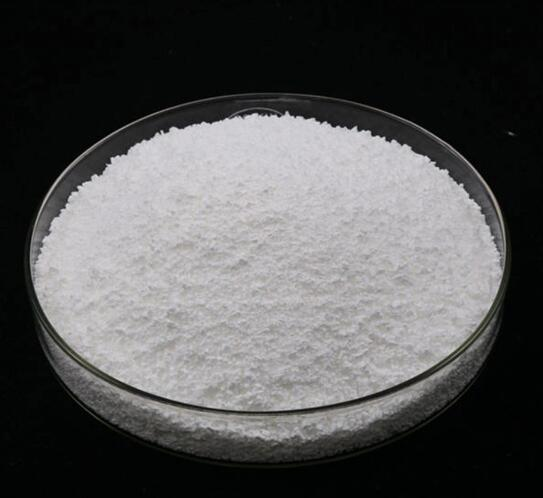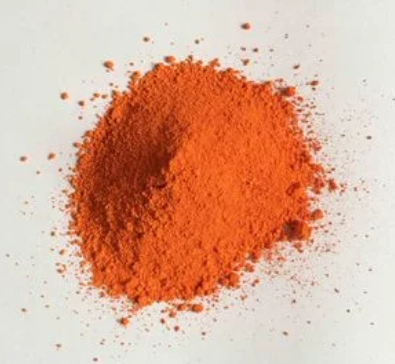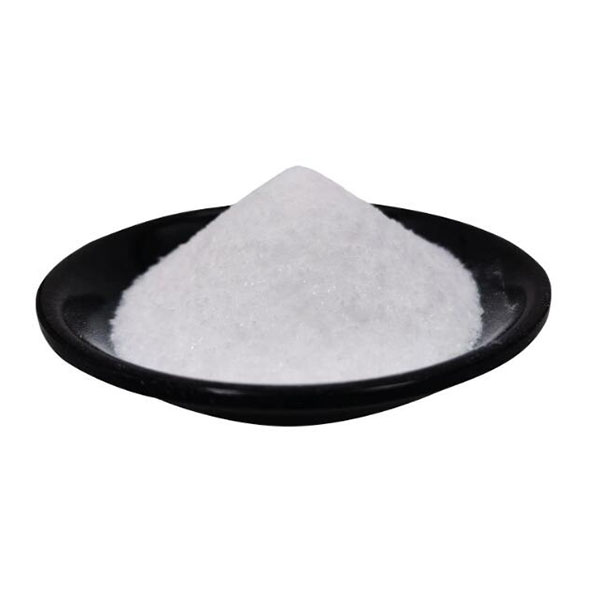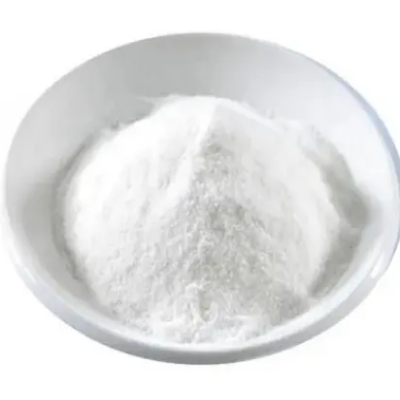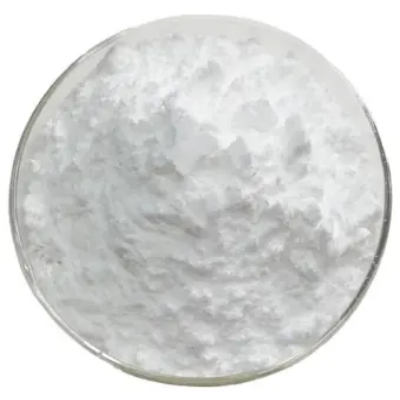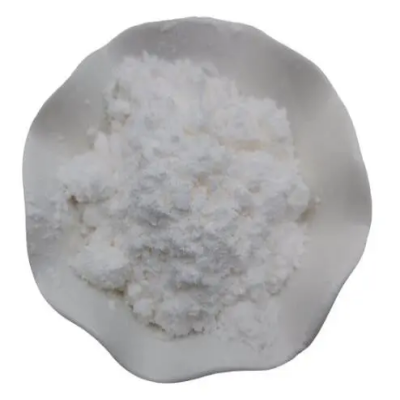1-(2,3-Xylyl)piperazine monohydrochloride CAS:80836-96-0
1-(2,3-Xylyl)piperazine monohydrochloride finds extensive use in pharmaceutical synthesis and research applications. One significant application of this compound is its role as an intermediate in the synthesis of pharmaceutical drugs. It serves as a key building block in the preparation of diverse therapeutic agents, particularly those targeting neurological disorders. By incorporating 1-(2,3-Xylyl)piperazine monohydrochloride into drug synthesis, chemists can introduce specific functionalities or structural modifications to impart desired pharmacological properties. This compound is particularly useful in the development of antipsychotics, antidepressants, and antihistamines. Moreover, 1-(2,3-Xylyl)piperazine monohydrochloride plays a crucial role in medicinal chemistry research. Medicinal chemists utilize this compound to explore structure-activity relationships (SAR) by modifying its structure and evaluating resulting biological activities. By systematically altering the functional groups attached to the piperazine core, researchers gain insights into the interactions between molecules and their biological targets. These SAR studies facilitate the optimization of lead compounds and the development of more potent and selective drugs, ultimately contributing to advancements in pharmaceutical research. Furthermore, this compound serves as an important tool in biochemical research and drug discovery programs. Due to its potential to interact with biological targets, such as receptors and enzymes, 1-(2,3-Xylyl)piperazine monohydrochloride is used to study drug-receptor interactions and investigate biochemical pathways. Scientists employ this compound to evaluate the effects of modifications on target binding affinity and selectivity, contributing to the understanding of drug action and aiding in the identification of potential therapeutic interventions. Additionally, 1-(2,3-Xylyl)piperazine monohydrochloride finds utility in neuropharmacology research, where it is utilized to investigate the mechanisms underlying neurological disorders. The compound's ability to interact with specific receptor subtypes involved in neurotransmission makes it valuable for studying neuronal function and exploring potential treatments for neurological conditions. Researchers rely on this compound to evaluate its effects on neurotransmitter systems and assess its potential as a therapeutic agent for conditions such as schizophrenia, depression, and anxiety disorders. When working with 1-(2,3-Xylyl)piperazine monohydrochloride, it is essential to follow proper safety precautions. The compound should be handled in well-ventilated areas, and personal protective equipment, including gloves and goggles, should be used to minimize direct contact. Additionally, ensuring proper storage conditions, such as keeping the compound in a dry and cool environment, is necessary for maintaining its integrity and stability. In conclusion, 1-(2,3-Xylyl)piperazine monohydrochloride is a versatile compound widely used in pharmaceutical synthesis and research endeavors. Its role as an intermediate in drug synthesis, as well as its application in medicinal chemistry and biochemical research, highlights its significance in advancing scientific knowledge and drug development. The compound's unique properties and potential for interaction with biological targets make it a valuable tool for organic chemists and researchers in various scientific and pharmaceutical disciplines.



| Composition | C12H19ClN2 |
| Assay | 99% |
| Appearance | white powder |
| CAS No. | 80836-96-0 |
| Packing | Small and bulk |
| Shelf Life | 2 years |
| Storage | Store in cool and dry area |
| Certification | ISO. |




